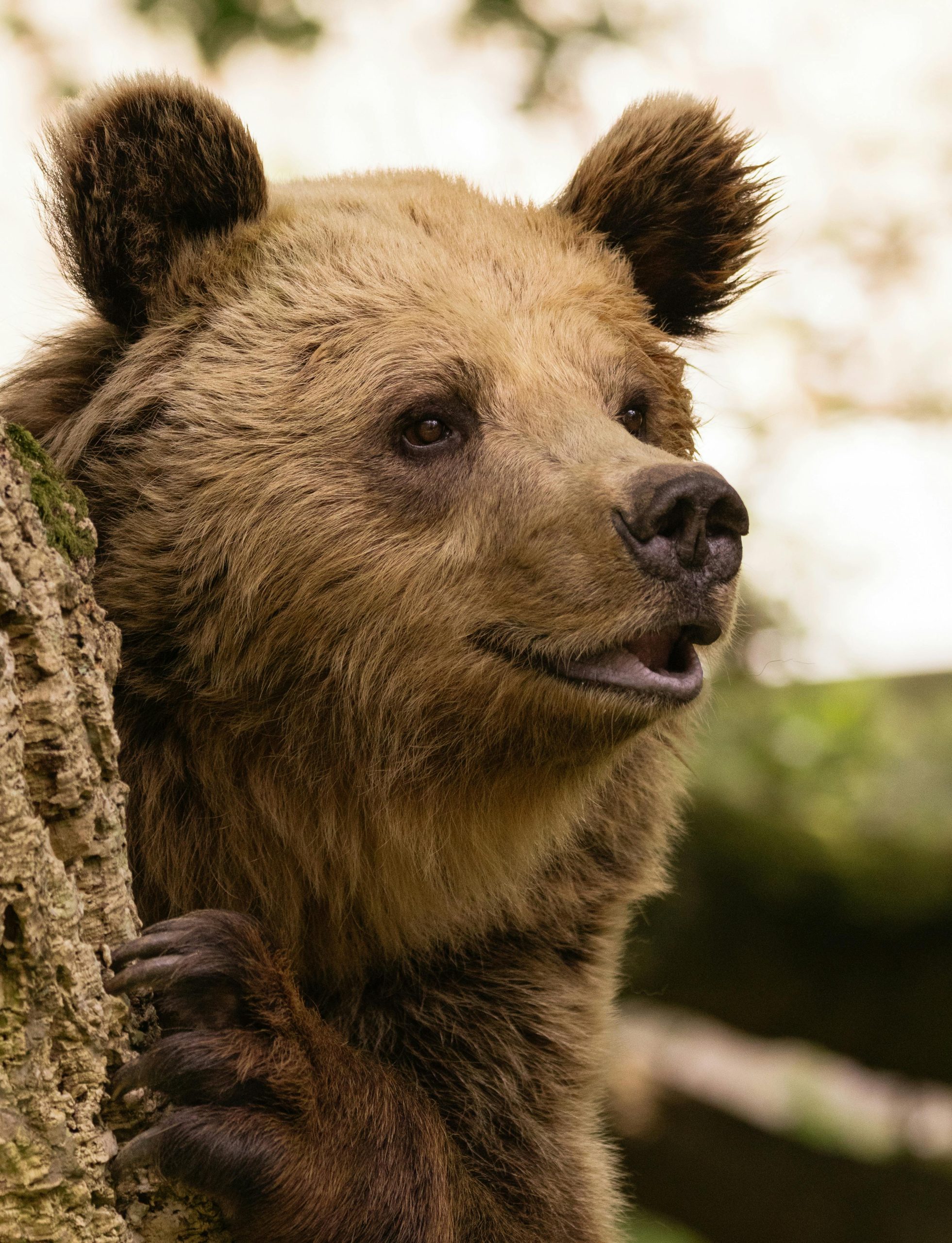The Mighty Grizzly Bear: Nature’s Iconic Giant
Grizzly bears, with their awe-inspiring presence and fascinating behavior, are among the most iconic animals in the world. Known for their immense size and strength, these majestic creatures symbolize the wild beauty of North America. Let’s take a closer look at what makes grizzly bears so special.
A Brief Introduction to Grizzly Bears
Grizzly bears are a subspecies of the brown bear and are found in North America, primarily in Alaska, western Canada, and parts of the northwestern United States. They are easily recognizable by the distinctive hump on their shoulders, which is actually a mass of muscle that helps power their forelimbs for digging and running.
Adult grizzlies can weigh anywhere between 300 to 800 pounds, with some males reaching over 1,000 pounds. Despite their size, these bears are surprisingly agile and can run up to 35 miles per hour—faster than most humans!
Diet and Habitat
Grizzly bears are omnivores, meaning their diet consists of both plants and animals. Depending on the season, they eat berries, roots, fish, small mammals, and even carrion. During the salmon runs in Alaska, grizzlies are often seen skillfully catching fish in rivers—a sight that has become iconic in wildlife photography.
Their habitats range from dense forests to alpine meadows, and even arid grasslands. Grizzlies are adaptable creatures, but they need large territories to thrive. Protecting these habitats is essential for their survival.
Behavior and Social Life
Grizzly bears are generally solitary animals, except during mating season or when a mother is raising her cubs. Cubs stay with their mother for about two years, during which they learn crucial survival skills.
Despite their reputation for being aggressive, grizzlies are not naturally confrontational. They are curious and will usually avoid humans unless they feel threatened or cornered. This is why it’s essential to practice bear safety when exploring areas where they live.
Grizzlies and Conservation
Grizzly bears were once widespread across North America, but habitat loss and hunting have significantly reduced their population. Today, they are listed as a threatened species in the lower 48 states of the U.S., with an estimated population of around 1,500 individuals.
Conservation efforts have been crucial in helping grizzlies recover in some areas. Protecting their habitats, reducing human-bear conflicts, and monitoring populations are all part of ongoing efforts. For more information on grizzly bear conservation, check out the National Park Service’s page on grizzly bears.
Fun Facts About Grizzly Bears
- Grizzly bears can eat up to 90 pounds of food per day during the fall to prepare for hibernation.
- They hibernate for five to seven months, during which their heart rate drops from about 40 beats per minute to as low as 8 beats per minute!
- The word “grizzly” refers to the grizzled, or silver-tipped, appearance of their fur.
Why We Should Care
Grizzly bears play a vital role in maintaining healthy ecosystems. By spreading seeds through their scat and scavenging carrion, they contribute to the balance of their habitats. Protecting grizzlies isn’t just about saving a species—it’s about preserving the natural world we all depend on.
Closing Thoughts
Grizzly bears are truly extraordinary creatures, embodying the rugged beauty of the wild. Whether you’re lucky enough to see one in the wild or admire them from afar, there’s no denying their power and grace.
As we continue to learn about and protect these animals, we’re reminded of the importance of coexisting with nature. Let’s do our part to ensure that future generations can marvel at the mighty grizzly bear, just as we do today.
